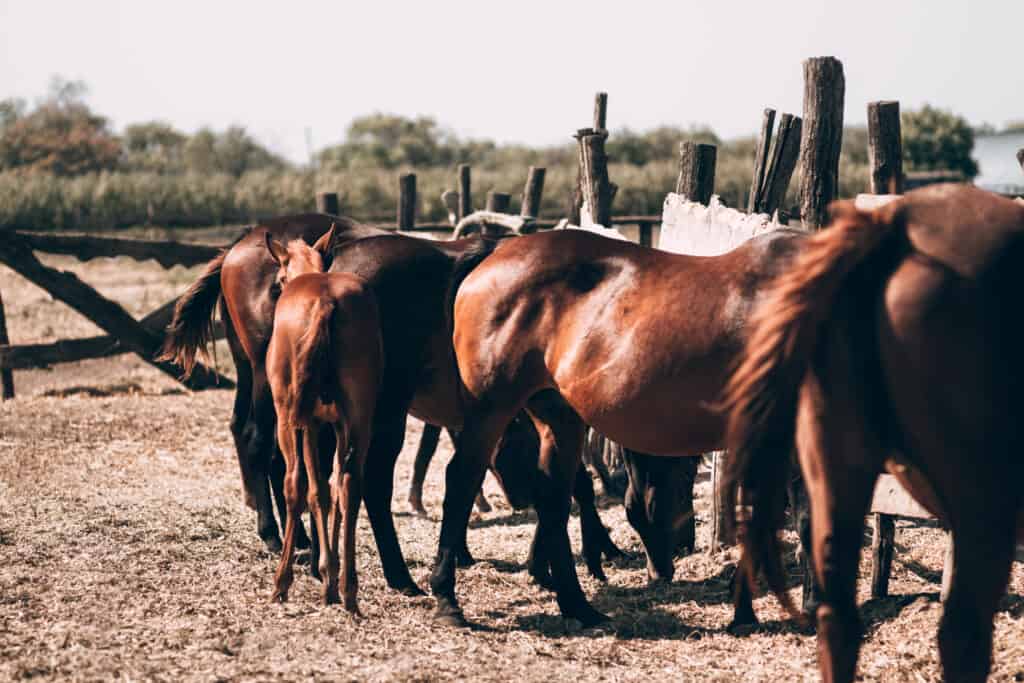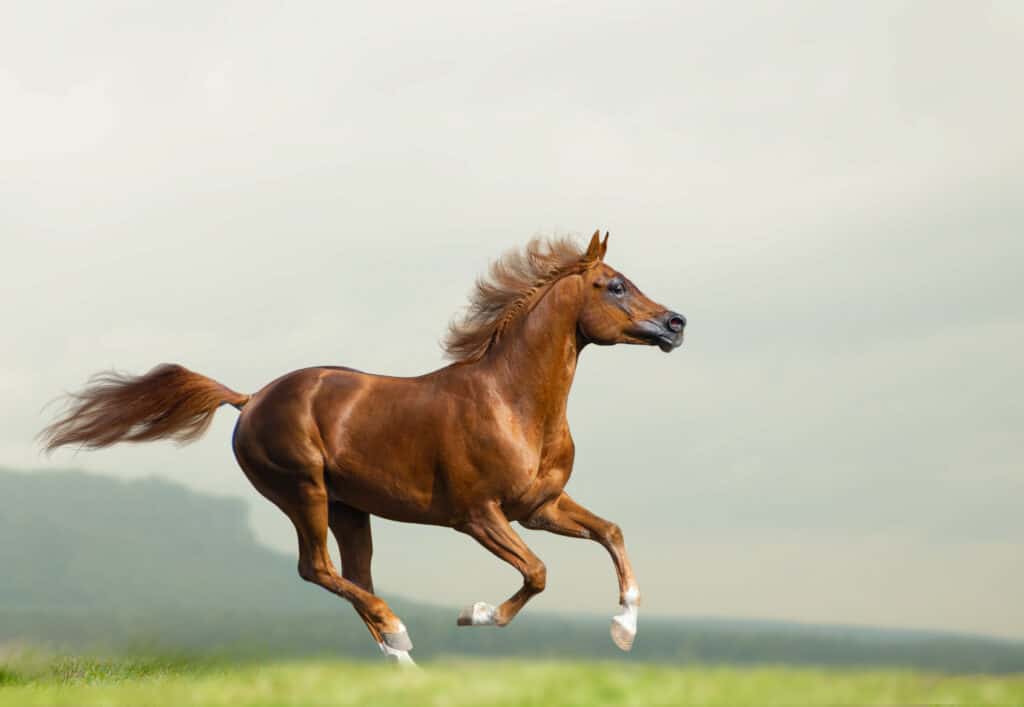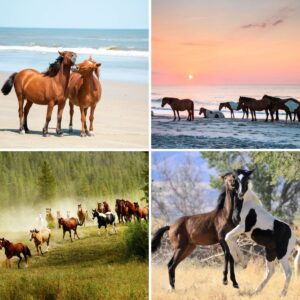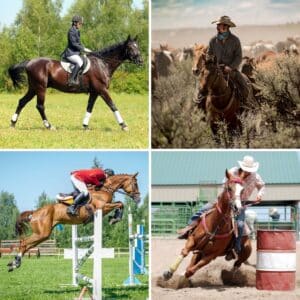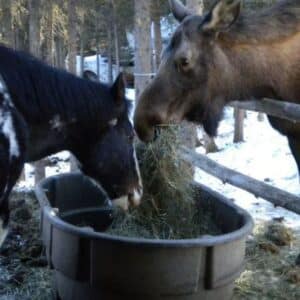Chestnut. Mahogany. Seal. Bay. These terms are all used to describe a horse's coat color and they are all shades of brown. In fact, you have probably noticed the vast majority of horses are some variation of light to dark brown. Have you ever wondered why this is?
It all comes down to genetics.
According to Dr. Annette McCoy, an equine surgeon at the University of Illinois Veterinary Teaching Hospital, horse coloration is an example of “simple inheritance,” in that the color we see is determined by a single gene. The dam and sire each donate either a dominant or a recessive version of the trait. The resulting foal then exhibits the dominant version unless both parents donate a recessive copy of the gene. In this case, the foal will show the recessive trait.
“Coat color is controlled by two base pigments, red and black,” Dr. McCoy explains. “Black is dominant and red is recessive.”
How do just two base pigments result in such a wide array of color variations?
In addition to the base pigments red and black, a horse's color is affected by accompanying modifier genes. An important modifier in brown horses is the Agouti locus gene.
“The agouti gene determines where the black will appear on the horse. A dominant agouti means that the black will be restricted to the points—tail, ears, mane—and the body of the horse will likely be a brown color,” says Dr. McCoy.
While black and red account for the primary differences in horse coat color, there are dozens of secondary colorations known as “dilutions,” that modify shade and tone creating many shades of brown. For example, champagne horses are a dilution of black, palominos are a dilution of chestnut, and buckskins are a dilution of bay.
The genetics of "brown" horses:
Some horses labeled as brown are genetically black, but appear more brown due to sun bleaching or a poor diet. Some are actually very dark chestnut, and others are very dark bays with black points.
Bay
Bay is the most common horse color, accounting for many of the "brown" horses you see. They have the dominant gene for black, but also the dominant agouti gene which suppresses the black color. This results in black coloration only in the points. Mahogany horses are actually dark reddish bays.
Seal
Seal brown horses are similar to bays in that they have a genetically black base coat, suppressed by the agouti gene. This allows the underlying deep brown or reddish brown color to come through.
Chestnut
Chestnut horses receive the recessive gene for red coat from both parents resulting in their lovely reddish-gold color. They do not display any black coloration at all. Liver and sorrel horses are variations of chestnut.
For a deeper dive into the science of horse coloration, check out the peer-reviewed chapter, Beyond Fifty Shades: The Genetics of Horse Colors from Trends and Advances in Veterinary Genetics.
Horse Courses by Elaine Heney
- Listening to the Horse - The Documentary by Elaine Heney & Grey Pony Films
- Shoulder In & Out Training for better balance, bend & topline development with your horse
- Over 110+ Polework Exercises & Challenges to Download
- Dancing at Liberty & Creating Connection with Your Horse (11 lessons) - Grey Pony Films
Did you learn anything new and interesting about our equine friends? Share this article with other horse lovers that you know so that they can learn something, too.
If you'd like to learn more about common horse colors, check out this article here on iHeartHorses.com.

